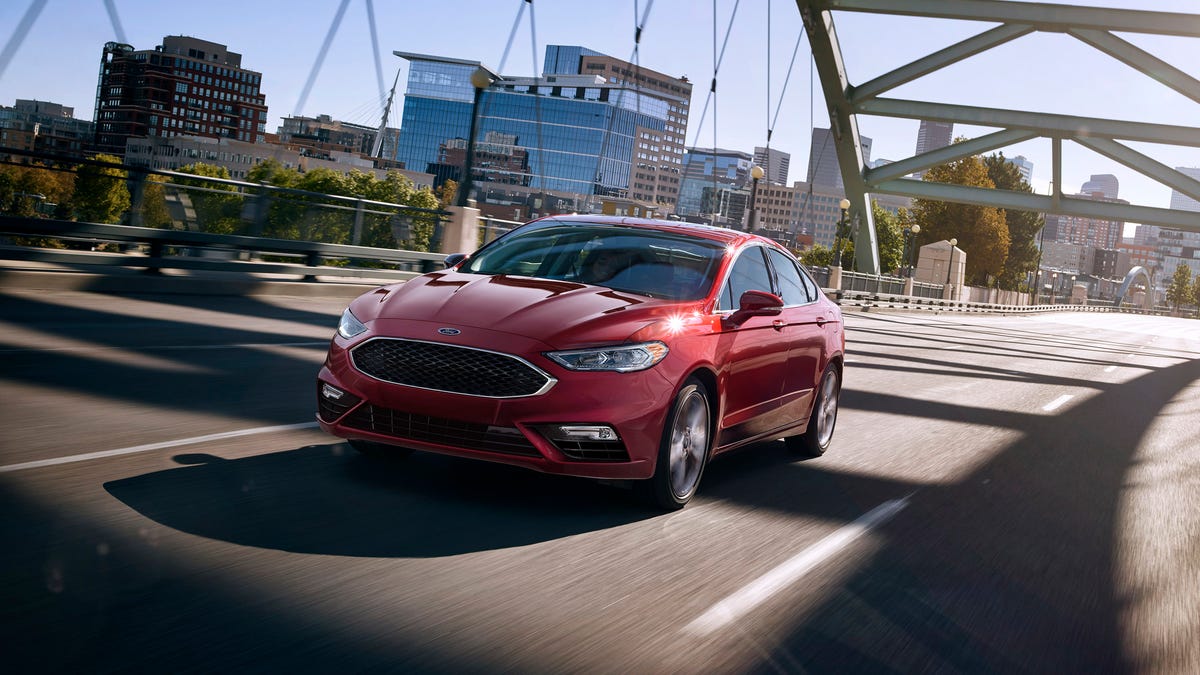Ford's plans to electrify China include 2 EVs and more by 2025
The automaker hopes to begin locally manufacturing EV powertrains by 2020.

In an attempt to curb its big pollution problem, China is pushing for EVs, and it's pushing hard. Ford, seeing which way the tides are moving, has already laid out its plan for The Middle Kingdom.
The main piece of Ford's China puzzle will be two new electric vehicles. One, the Mondeo Energi, will be a plug-in hybrid, similar to the Ford Fusion Energi on sale here in the US, except built by Ford's partner in China. The other will be an entirely new offering, a battery-electric compact SUV with an alleged range in of "more than" 280 miles.
The Mondeo Energi is expected to arrive by 2018, while the new EV's rollout is slated for "within five years."
This sketch looks different enough from the current Fusion/Mondeo that perhaps a refresh is in its future.
That's just the start, though. Ford plans to electrify almost its entire Chinese lineup by 2025. It estimates that approximately 70 percent of its lineup will offer some sort of electrification, whether it's a plug-in hybrid, a traditional gas-electric hybrid or a battery-electric.
"We are prioritizing our electrification efforts on China to reflect its importance as a global electrified vehicle market and to make lives better, simpler and more cost effective for Chinese consumers," said Mark Fields, Ford's CEO, in a statement.
All those new variants means Ford will need to step its manufacturing game up, and it plans to. It will start manufacturing EV powertrains in China by 2020, and it also hopes to expand its Nanjing Research and Engineering Center to better meet the needs of Chinese customers.
That isn't to say Ford is abandoning its EV prospects elsewhere, especially the United States, despite a potential rollback of fuel-economy standards. The company still has plans to launch 13 global electric vehicles that will launch over the next five years, which includes the aforementioned small SUV, as well as an autonomous hybrid for commercial mobility services.

